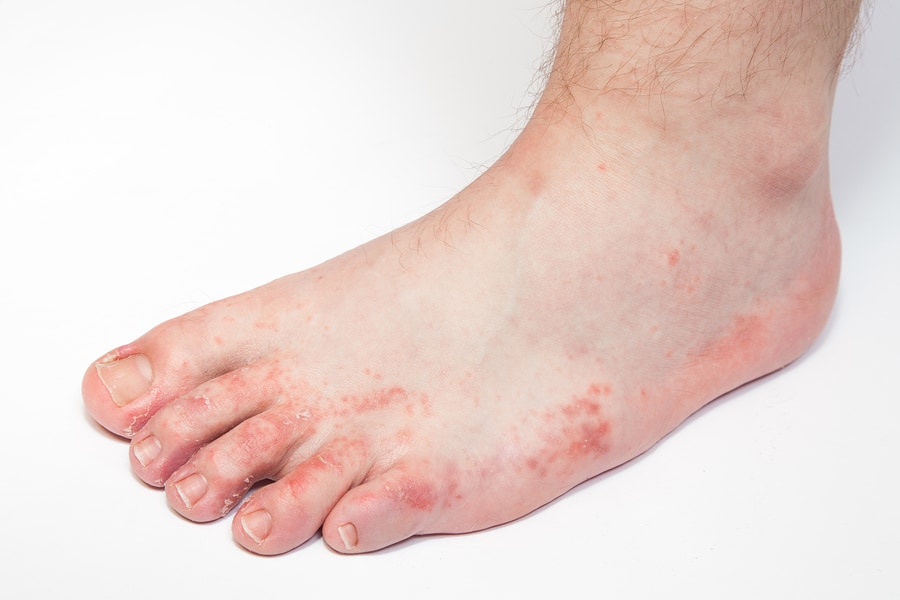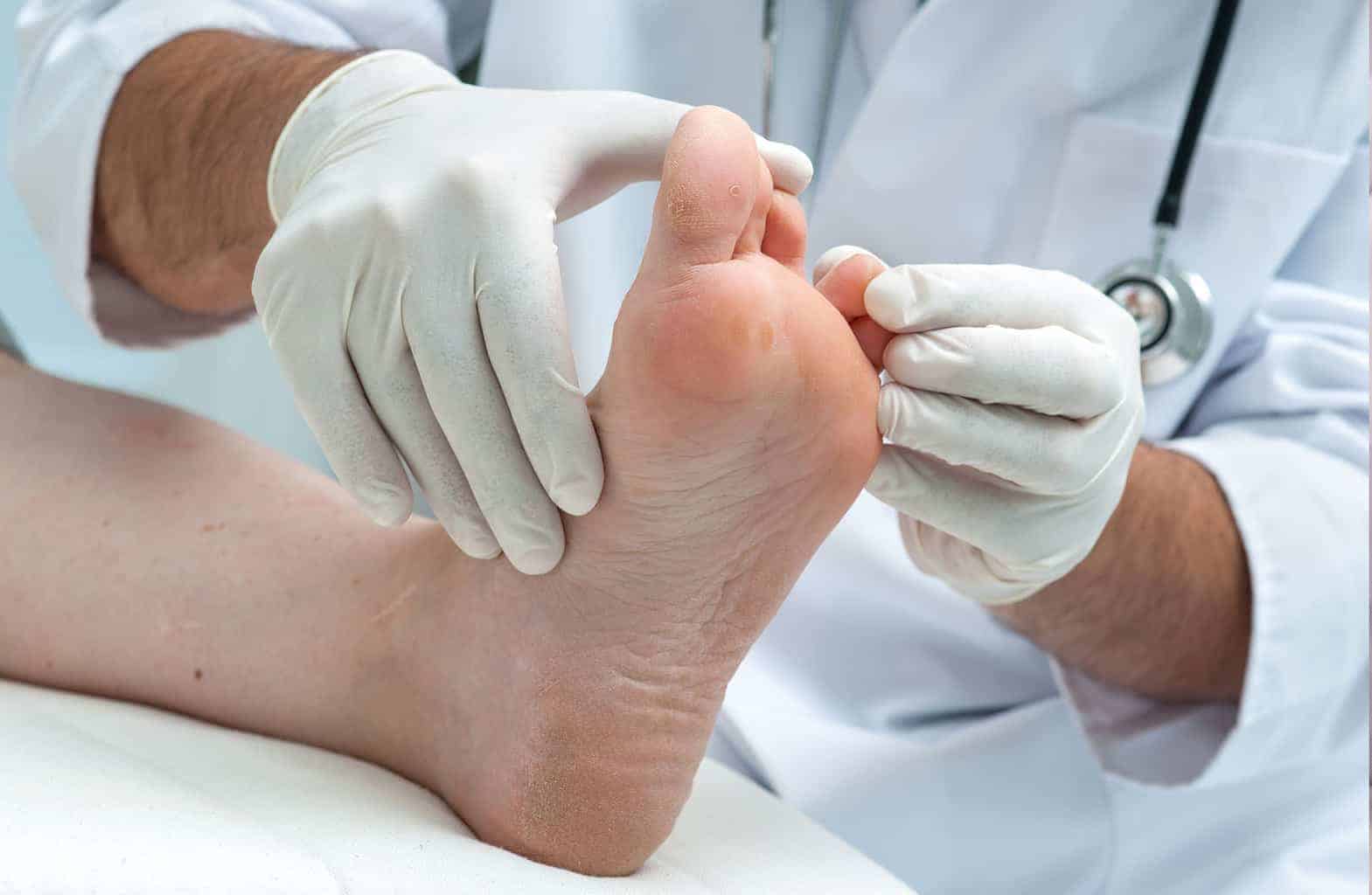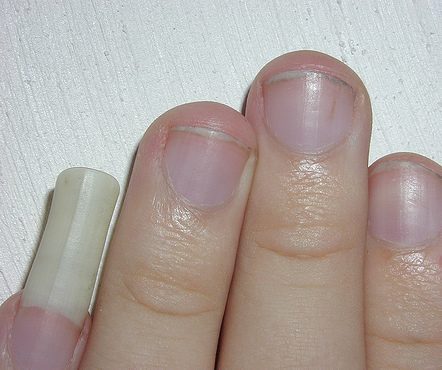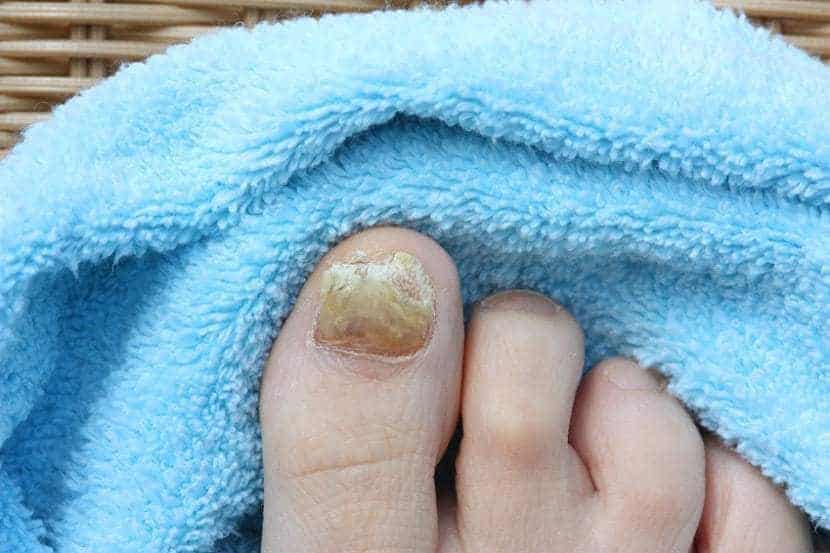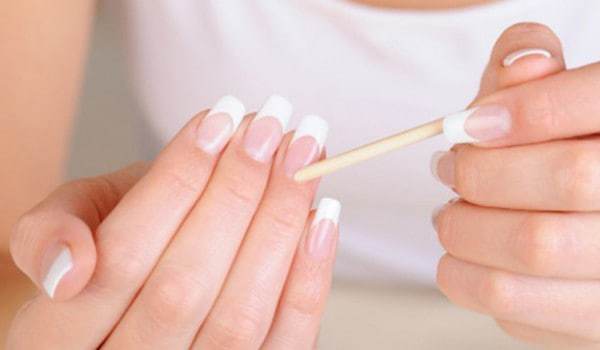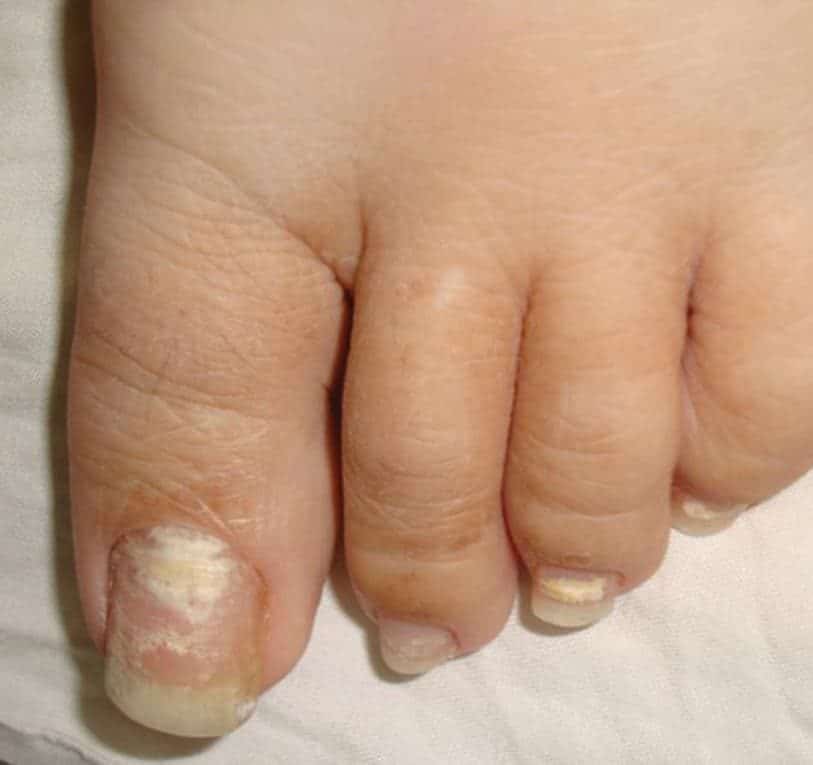Athlete’s Foot Facts: Causes, Diagnosis & Treatments
If you have athlete’s foot, you don’t have to worry too much. This disorder is actually quite common, and information about it is easily available anywhere.
In this article, we will provide you with an overview of this condition and its associated causes, diagnosis & treatment options.
What Is Athlete’s Foot?
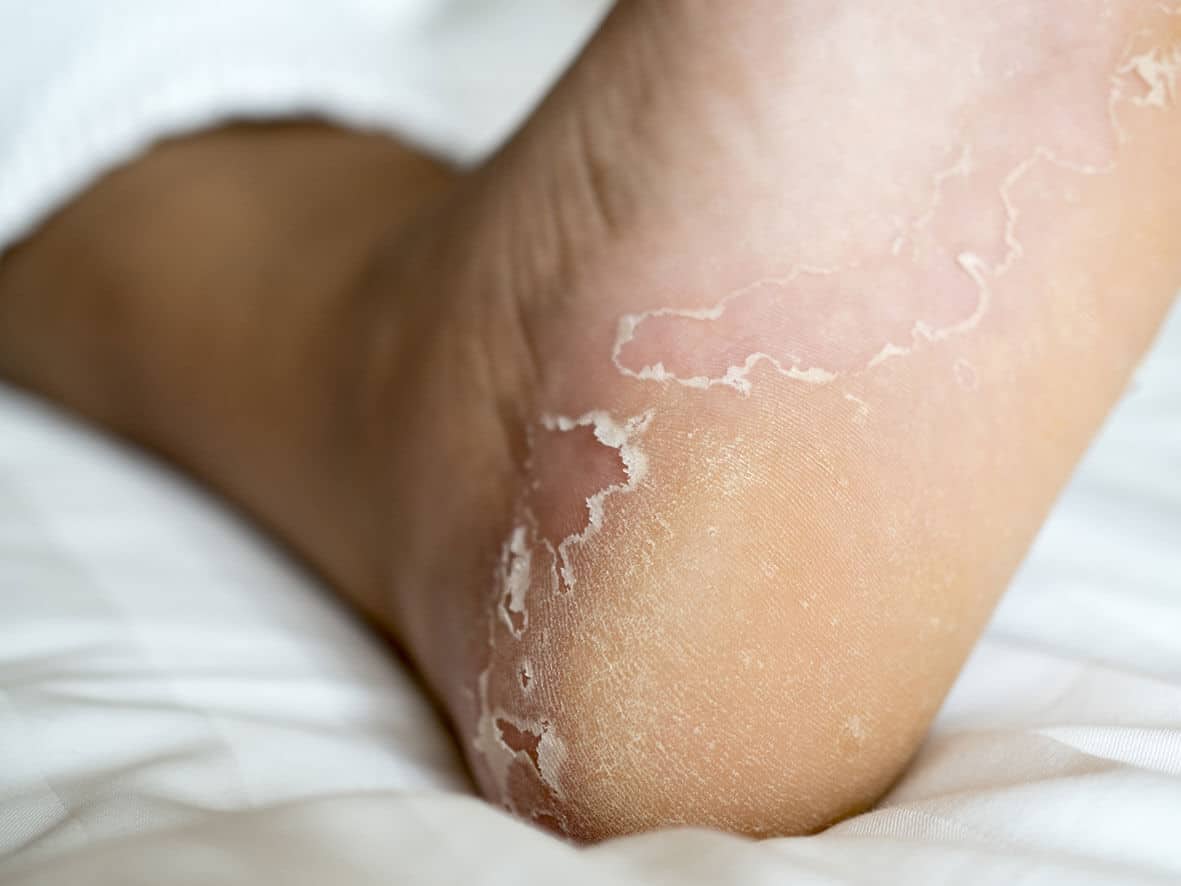
You might know this condition by its alternative name – Tinea Pedis. Most of the time, this condition affects the skin surfaces of your feet, but don’t be too surprised if you find this condition affecting your toenails and hands as well!
Tines Pedis is categorized as a fungal infection and is named as athlete’s foot because this condition is commonly seen among athletes. While this condition is not a serious one, it can be difficult to cure at times as are most other fungal infections.
Treat Your Feet with A Cozy Hot Stone Pedicure
Complications that Come with Athlete’s Foot
- If your body is sensitive to foreign substances, you might have an allergic reaction to the fungal growths. This may cause some blisters to form in the affected areas.
- However, a more worrying complication happens when another bacterial infection comes along after your fungal infection.
- At times, an athlete’s foot may reoccur after the first occurrence has resolved, and while you are still prone to infections, a secondary bacterial infection may cause your foot to swell, feel painful and warm to the touch.
Getting boils and pus from affected areas along with a fever as a result of this secondary bacterial infection is also common. - If the bacterial infection spreads to your lymph system, you might get lymphangitis or lymphadenitis.
Causes of Athlete’s Foot
Athlete’s foot is caused by fungal, but you can expect some other reasons to get affected by this disease-
- It is caused by some fungal growths.
- More specifically, you can get tinea pedis if the tinea fungus manages to lodge itself on and grow on your feet.
- These fungi grow well in warm and moist environments, so you can expect to find them in places such as locker and shower rooms as well as around swimming pools.
Symptoms
Some of the most common symptoms associated with athlete’s foot include finding itchy white patches in the space between your toes or cracking skin around your toes which may also bleed.
Additionally, you might also find sore and red patches on your feet – and these occurrences may be flaky as well. In short, you might want to look out for itching, stinging, burning and any dry or cracking skin around your feet.
Sometimes, your toenails might also get discolored, turn thick and crumbly or even start to detach from the nail bed!
Is Athlete’s Foot Contagious?
Yes, it is! This fungal infection can spread to other people who come into contact with an infected individual, or if you have touched surfaces infected with the tinea fungus.
Who Is At Risk?
Since the fungus grows in public places, anyone can be at risk of getting athlete’s foot! However, your chances of getting tinea pedis could be increased if you often venture into tinea-prone public places barefooted.
Similarly, since this fungus is contagious, you have a higher risk of contracting this condition if you share shoes, towels or socks with an infected person.
As it is with most other fungal infections, you could get athlete’s foot easier than most people if your feet is often wet – sweat, wet socks et cetera – for an extended period of time.
5 Steps to Do Pedicure to Have A Beautiful Feet
Diagnosis
If you have some of the symptoms associated with this condition, the doctor might order a skin test for you. Most of the time, the doctor will take a small sample of the infected skin and immerse it in potassium hydroxide (KOH).
This test is typically known as a skin lesion potassium hydroxide exam. The cells that remain after your normal cells are destroyed can be easily studied under the microscope to confirm the athlete’s foot diagnosis.
Common Treatment Options
Some of the more common prescription options for athlete’s foot include topical creams such as clotrimazole or miconazole.
Alternatively, you could be prescribed with oral antifungal medications or antibiotics, depending on the severity of your condition.
Home Remedies for Athlete’s Foot
If you have blisters as a result of athlete’s foot, you can follow these solutions:
- You will find that soaking your feet in a basin containing salt water or diluted vinegar can help you to dry up the blisters faster.
- You can also try applying Melaleuca alternifolia, alternatively known as tea tree oil, on the affected areas to treat this condition. Most people do this by mixing about 40 drops of this oil in a water bath and soaking their feet in it for 10 minutes or so.
- You can then massage several drops of this oil onto your feet after drying them.
- If you have sweaty feet, you can apply some baking soda to your feet before you wear your socks or shoes.
While this remedy won’t solve any itching that you might have, it will soak up any excess moisture and make sure that the fungus does not continue spreading.
Learn How to Fix Your Athlete’s Foot at Home Forever
How to Prevent Getting Athlete’s Foot?
Prevention is always better than cure. So try to follow these preventive methods:
- You can wash your feet with soap and water thoroughly daily, and make sure that the areas between your toes are dry.
- If you know that you are involved in activities that could make you more prone to athlete’s foot, you can apply antifungal powder onto your foot on a daily basis, and wear socks with breathable fibers – wool or cotton, as an example, along with breathable shoes.
Make sure that you change your socks if they get wet and air out your feet when you’re home.
10 Most Common Nail Diseases And Disorders
In short, it’s always better to visit a doctor if you start finding some troubling signs of athlete’s foot.
While home remedies may work for mild conditions, you should also consider the over-the-counter products that your doctor recommends for better effect.
